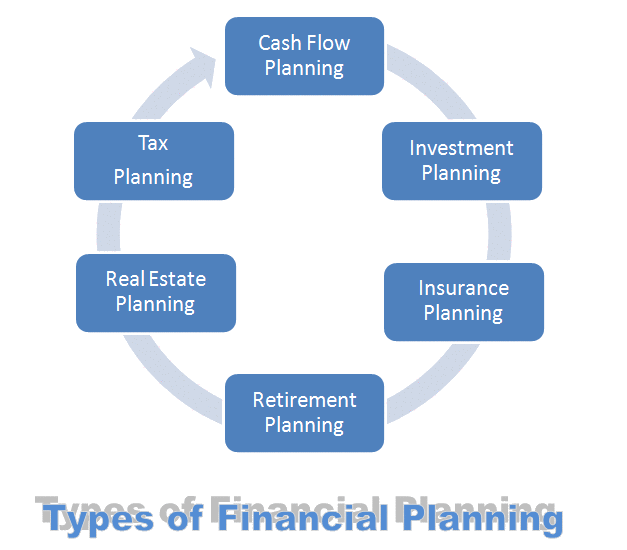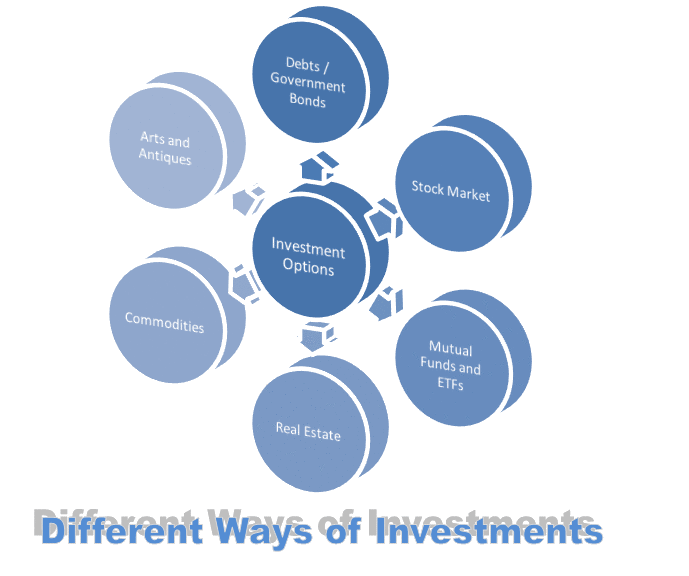When most people hear this term, they instantly consider publicly traded stocks. Investors must understand the many traded stock kinds, the features that differentiate one firm from another, and whether or not a stock is a feasible investment. In order to dispel any uncertainty, we will discuss the numerous stock classifications available to investors. Stocks constitute the basis of investment. Learn everything there is to know about stocks and types of shares, whether you intend to invest in individual stocks, mutual funds, or ETFs.
Learning different types of trading and understand it is as important as this topic. Since time immemorial, investing in the stock market has been regard as crucial for financial success. As you conduct research on stocks / shares, you will notice that several types and classifications are discuss in this topic. You ought to be acquainted with these stock classes.
Top 12 – Different Types of Shares / Stocks
Understanding the different types of stocks can help investors make more educated decisions and reduce portfolio risk. Let’s examine the types of shares / stocks further in this topic.
Class A/B Types of Shares
Some companies provide a range of stock options. For instance, letters identify Class A and Class B stocks. A firm may issue various classes of stock to give wealthy investors greater influence over the company’s operations.
Thus far, everything has gone well. Class A stock is available to the company’s founders and key executives. Class B shares would also be available to the general public for purchase. Insiders may own 10 times the voting power of class B shares, granting them substantial control over the company’s operations.
Google’s parent company, Alphabet Inc., offers a number of share choices. GOOGL is the symbol for class A shares of Alphabet. Each contribution grants one vote. Early Google investors and founders own Class B shares with ten votes per share. Class C shares of Alphabet, which lack voting rights, are symbolize by the symbol GOOG.
Common Stock
Financial professionals nearly never neglect common stock when discussing stocks. Common stock is the most fundamental kind of ownership in publicly tradable firms; we will discuss additional forms later. The majority of a corporation’s equity consists of common stock.
Shareholders can vote on board members and other matters at the annual meeting. Generally speaking, one share equals one vote. A shareholder having five shares of Firm ABC would have only five votes, far less than a hedge fund holding 30 percent of the company, which may be millions of shares. It is conceivable for common stock to be issue without voting rights.
If the company is successful, the common stock price will increase without limit. Dividends are regularly distribute on common stocks, although they are never guaranteed. In the event of bankruptcy, common investors are paid last.
Growth Types of Shares
Companies that grow their revenues, profits, share prices, or cash flows faster than the market issue growth stocks. The objective of investing in growth companies is to achieve capital appreciation. Growth stocks are more volatile than other forms of equities due to their issuers’ increased risk-taking for growth.
Instead of paying dividends, growth companies often reinvest earnings. The majority of growth stocks are held by younger, smaller companies, although this is not always the case. Frequently, expanding businesses focus on building and disrupting their own industries.
Preferred Stock
Some publicly traded firms issue preferred shares, but not all do. This stock is an attractive investment since it is a combination of common stocks and bonds. In addition to price growth, quarterly dividends are distributed to preferred owners. If a corporation’s common stock provides dividends, the preferred dividend may be more. In the event of bankruptcy, preferred stockholders have a greater likelihood of receiving recompense.
The issuer has the ability to repurchase its preferred shares at any moment, a characteristic known as “call-ability.” Any shareholder may convert preferred shares to common shares at any time. Voting rights are the most major disadvantage of preferred stock.
Large-caps
Additionally, stocks can be categorize by their market capitalization, sometimes known as market cap. This is determine by multiplying the total value of outstanding shares of a corporation by the current share price.
Large-cap stocks have a market value of at least $10 billion. Due to their size and market effect, large-cap companies can typically withstand market volatility better than smaller businesses. Larger firms are more stable and risk-free investments.
A downside of investing in high-cap equities is that giant corporations expand more slowly than newer, smaller companies. This indicates that investors should not anticipate enormous returns from large-cap stocks.
Mid-caps
The market capitalization of mid-cap stocks ranges from $2 billion to $10 billion. They could be victims of or candidates for large-cap companies. Mid-cap companies combine the stability of large firms with the growth potential of tiny businesses. Due to their companies’ increasing market share, mid-cap stocks may be excellent investments. Large-cap firms frequently acquire or combine with these firms.
Small-Cap
Small-cap stocks are American firms with a market capitalization between $300 million and $2 billion. These types of stocks offer investors tremendous growth potential, and the market contains a huge number of companies that will one day be mid-cap or large-cap stocks. Small-cap firms outnumber both large- and mid-cap firms combined.
Due to the heightened volatility of the market, small-cap stocks are riskier. Small caps may include companies on the verge of bankruptcy or on the verge of being acquired. Small-cap stocks offer both substantial gains and losses.
Dividend Types of Shares
Dividend stocks can both appreciate in value and generate income. These types of stocks may be deductible for tax purposes. Dividend investors purchase stock in public firms that pay out a percentage of their profits in the form of dividends.
The vast majority of dividends are “qualified,” as opposed to “ordinary”. Which means they are tax at the same rate as long-term capital gains. This is a tax break. Rather than increasing their ROI, some dividend investors reinvest their gains. DRIPs can reinvest income automatically.
IPO Types of Shares
To get access to public stock markets, private companies frequently undertake initial public offerings (IPOs). This entails listing their stock on a stock market such as the NYSE or Nasdaq.
Many investors seek IPO stocks in order to get in on the ground floor of a potential boldface firm. Risky are new public enterprises with no track record. Between 1975 and 2011, 60 percent of IPO stocks had negative five-year returns. If you’re thinking about investing in an IPO, keep your investment to a small portion of your overall portfolio. Consider investing in companies or industries that you are familiar with.
On the other hand, preferred shares ensure priority in receiving dividends and assets in case of liquidation. These IPOs, along with their unique share types, play a crucial role in attracting investors and determining a company’s capital structure. Investors seeking comprehensive information about these shares can benefit from tools like an “after hours stock screener,” which provides real-time insights and data beyond regular trading hours, aiding in making informed investment decisions.
Blue Chip Stocks
Choose blue chip stocks if you want consistent returns and dividends. Blue chip stocks have a few characteristics, but there is no single definition. They are large-cap corporations with a well-known brand name, a track record of consistent performance, earnings, and dividends. Expect a greater cost per share due to their durability. Furthermore, blue chip stock growth will be modest.
Penny Stocks
Penny stocks are high-risk investments that are frequently fraudulent. These types of shares are securities with extremely low market valuations. Penny stocks have typically been value in pennies, or less than $1 per share. These stock prices have increased to $5 per share.
Penny stock firms are either in financial difficulty or have never been. These types of shares, also known as small-cap stocks, are not traded on major stock exchanges. They are illiquid since they are tradable over the counter and have small trading volumes. Penny stock schemes are popular among con artists. Penny stocks are use in pump and dump schemes to exploit people’s lack of financial knowledge.
ESG Stocks
Environmental, social, and governance investment, or ESG, is a strategy in which people purchase stock in responsible companies. Third-party grading systems assess ESG equities to determine which firms are environmentally and socially responsible, as well as having solid corporate governance that promotes diversity and pay equity. These firms invest in ESG stocks because they meet grading criteria.
ESG investors believe that every company has stakeholders other than the stock market. Stakeholders include employees, communities, customers, and the environment. ESG stocks allow you to invest in firms that share your values.
Conclusion
You’ve probably heard that a diverse portfolio is essential for making sound investments. Remember these types of shares while diversifying your portfolio. Investing in enterprises with different market capitalization, geographies, and investing styles helps balance a portfolio.







